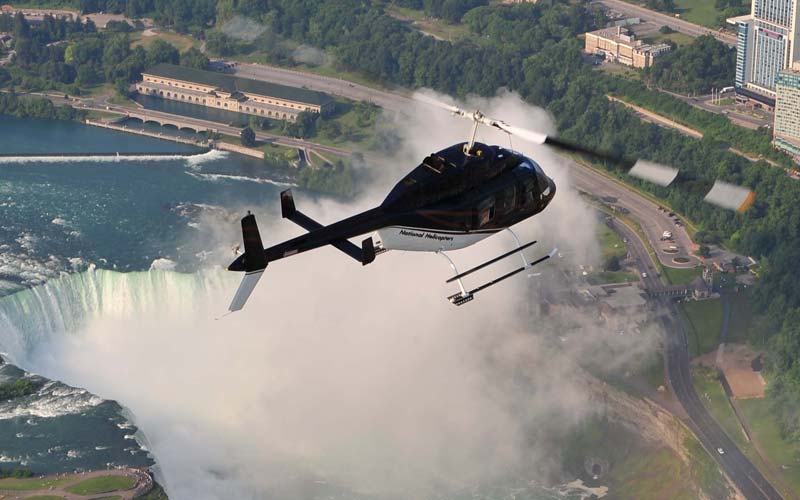SUP stands for ‘stand up paddle’, and SUP boarding has become an increasingly popular water sport. Essentially you stand up on a surfboard and use a paddle to get yourself around. If you are planning to buy a SUP board then here’s what you need to look out for before taking the plunge!

What Are the Different Types of SUP Boards?
If you are new to the paddleboarding game, then there are a few basics that need to be covered. There are three different types of SUP boards, and these are surf, allround, and flatwater boards. Below we will go into the differences of each board type.
- Surf: surf paddle boards tend to be shorter and have a more narrow top and bottom of the board. It is more curved than the allround and flatwater boards. Typically, you are going to want this board if you plan to spend a lot of time in the surf, as the narrow shape of the board makes it easy to stay upright when on a wave. The downside of this type of board is that they are slower.
- Allround: the allround boards tend to be thicker, longer, and wider than your standard surf paddleboards. These boards are great for beginners as they are versatile and wide enough to keep you nice and stable. If you are a pro when it comes to paddleboarding, you might want to consider having a sailing rig mounted to your allround board to try your hands at windsurfing.
- Flatwater: as the name suggests, flatwater boards are best used in flat, open waters. The top of the board is pointed to help the board cut through the water and glide. Most of these boards are wide enough that they are a good option for beginners to use.

Do You Want Solid or Inflatable?
The next thing you need to consider before buying a SUP board is whether you want to get a solid or inflatable board. The solid SUP board can be made up of several different materials including plastics, wood, foam, and more. The benefits of the solid board are that they are strong and rigid, so you will be stable even in choppy waters. The solid board is also ideal for those chasing speed or hoping to master their tricks and agility. What’s more, you do not have to waste any time inflating them so you can get straight into the water.
On the flipside, inflatable SUPs tend to be made from PVC plastic and woven fibers, making them lighter than solid boards. The benefits of inflatable SUP’s include their ability to be packed down into a rucksack, making them easily transportable and a good option for those going abroad with their boards. Additionally, if you are shopping on a budget then the inflatable options are much more affordable than the solid ones.
What Size Board Do You Need?
Depending on what style of board you choose will help determine what size you need. It is important to check out details such as the maximum weight a board can hold. To figure this out consider using an online SUP board size calculator or online guides to help give you a better idea of what you should be looking for.
What Paddle Do I Need?
As a beginner, you are better off starting with an adjustable paddle, this means you can change the height measurements on the shaft. This is a handy feature if you are planning on sharing the board with friends as everyone can change the height easily to suit them. As a rule of thumb, your paddle should be 8 to 10 inches taller than you and this is what will give you the strength and leverage for using the paddle in the water. If you are after a lightweight paddle, a fiberglass paddle is your best bet.
If you are more advanced, then you might want to consider using more specialized paddles that are lighter and feature varying blade lengths. These features are designed with the purpose of racing and touring in mind.

Buying a SUP board can be quite an investment, but if you get the right one then it is well worth it. Make sure you do your research and take the time to consider your options. Don’t make the classic mistake of buying something just because it looks cool, you want something that is practical and fit for purpose.












